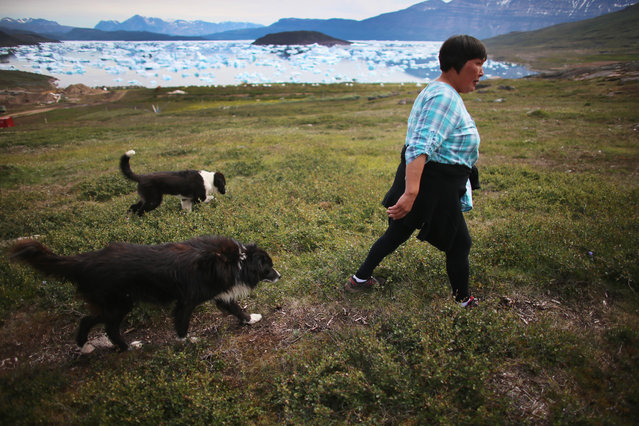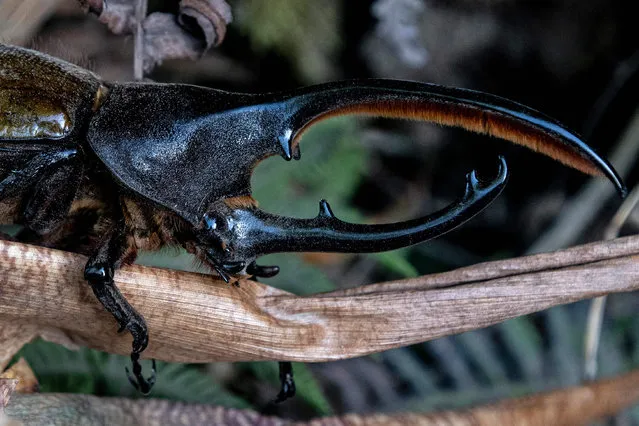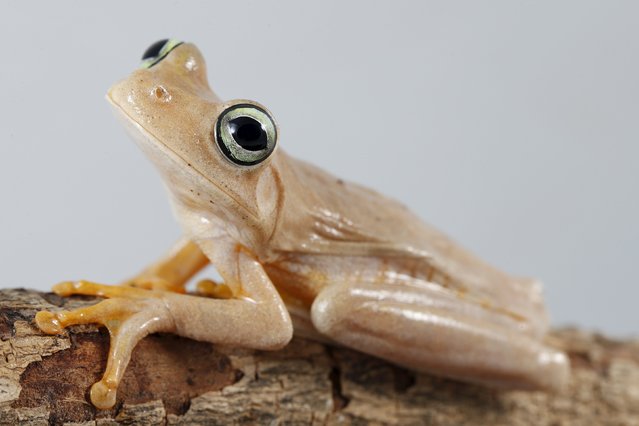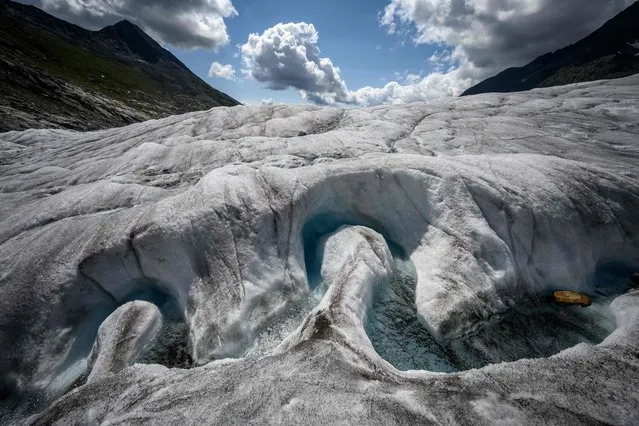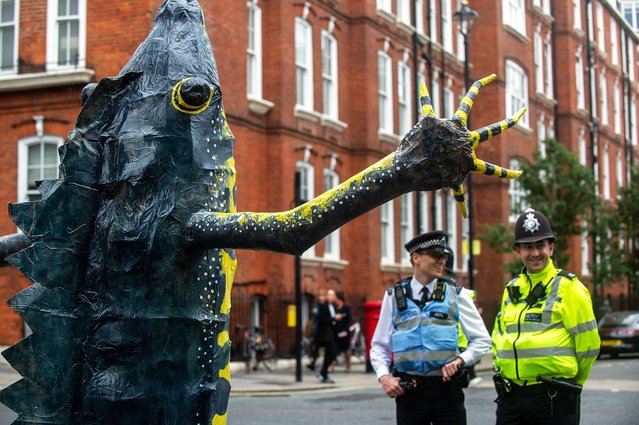
A grizzly bear eats a frozen fruits during a hot summer day at Rio de Janeiro's zoo January 13, 2015. According to a local climate institute, temperatures in Rio de Janeiro on Tuesday rose up to 34 degrees Celsius (93.2 degrees Fahrenheit). (Photo by Sergio Moraes/Reuters)
14 Jan 2015 11:52:00,post received
0 comments


